Off-Duty Truck Insurance: Protecting Leased & Owned Vehicles During Personal Use
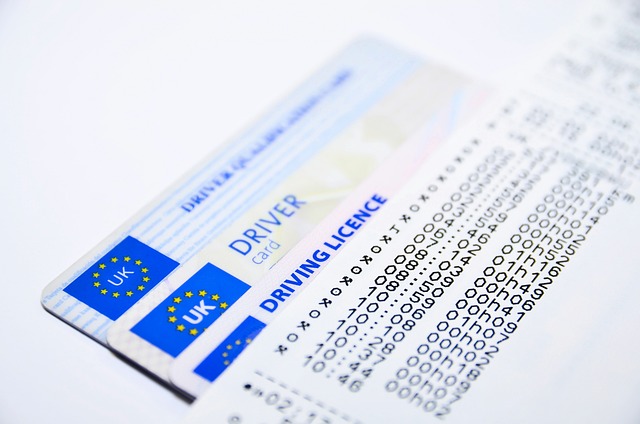
Off-duty truck insurance is vital for personal vehicle users, filling coverage gaps between work and…….
Introduction
The realm of transportation and logistics is a complex interplay of regulations, responsibilities, and risks. Within this ecosystem, the concept of Non-Trucking Liability for Drivers (NTLD) has emerged as a critical topic, shaping the way drivers are held accountable for their actions when operating outside of employment with a trucking company. This comprehensive article will delve into the intricacies of NTLD, its historical context, and its significance within the broader transportation landscape. Readers will gain insights into how this concept affects drivers globally, influences economic systems, and is shaped by technological advancements and policy frameworks.
Understanding Non-Trucking Liability for Drivers
Non-Trucking Liability for Drivers refers to the legal responsibilities that a truck driver incurs when they are operating their vehicle outside of their employment relationship with a motor carrier. This distinction is crucial because it separates liability issues when the driver is working under contract for a company (which is typically governed by federal and state regulations) from when they are driving independently or for personal use. Understanding NTLD is essential for drivers to navigate the complexities of liability, insurance coverage, and compliance with laws that vary by state and country.
The historical context of NTLD dates back to the evolution of transportation law, which has increasingly sought to clarify the responsibilities of drivers both on and off duty. The advent of technology, such as electronic logging devices (ELDs), has further complicated these matters by providing more precise tracking of a driver’s hours of service, thus influencing their status and liability under various conditions.
Global Impact and Trends
The impact of NTLD is not confined to any single region; it is a global issue that affects all sectors of the transportation industry. Different countries have unique approaches to regulating driver liability, influenced by local legal traditions, the dominant types of commercial vehicles in use, and the structure of their transportation markets.
Key trends shaping NTLD include the rise of gig economy jobs within the trucking industry, where drivers may work for multiple companies or independently. The increasing adoption of autonomous vehicles raises questions about liability when these systems fail. Additionally, there is a growing emphasis on safety and accountability as international trade continues to expand, putting more trucks on the road and raising the stakes for proper regulation and enforcement.
Economic Considerations
From an economic standpoint, NTLD plays a significant role in determining the cost of insurance for drivers, which can be a major factor in the operation of small to medium-sized trucking businesses. The market dynamics are influenced by these costs, as well as by the potential for liability claims that can arise from accidents or incidents involving trucks.
The economic impact is also seen in the investment patterns within the transportation sector. Companies and insurers are increasingly looking to technology solutions like telematics to mitigate risks and reduce costs associated with NTLD. These advancements aim to provide more accurate assessments of driver behavior and risk, leading to fairer insurance premiums and better safety outcomes.
Technological Advancements
Technology has been a double-edged sword for drivers dealing with NTLD issues. On one hand, advancements in vehicle telematics, ELDs, and smart dashcam technology have provided more accurate data on driver performance and behavior, which can be used to determine liability and insurance rates.
On the other hand, these technologies raise privacy concerns and can be costly for drivers to implement. The future potential of AI, machine learning, and predictive analytics holds promise for more personalized risk assessments and improved safety measures. However, it also requires careful consideration of ethical standards and data governance to ensure fair treatment of drivers.
Policy and Regulation
The regulatory landscape governing NTLD is a patchwork of federal, state, and local laws that can vary significantly from one jurisdiction to another. In the United States, the Federal Motor Carrier Safety Administration (FMCSA) provides guidance on hours of service, vehicle maintenance, and driver qualifications, but liability outside of employment with a motor carrier is less clearly defined.
Legislative frameworks are evolving to address the gaps in coverage for drivers who operate independently. Policies such as the Owner-Operator Independent Drivers Association (OOIDA) fight for the rights of these drivers, advocating for fair insurance rates and clarity on liability issues. The challenge lies in harmonizing these policies across different regions to ensure consistency and fairness for all drivers.
Challenges and Criticisms
The main challenges associated with NTLD include the complexity of determining liability, especially in multi-vehicle or complex accident scenarios; the difficulty in navigating the patchwork of regulations across different regions; and the potential for insurance costs to be prohibitively high for independent drivers.
Criticisms of current NTLD practices often center on the perceived lack of protection for drivers who are not employed by a motor carrier but are still subject to stringent regulations when they obtain their own insurance. There is also criticism regarding the transparency and fairness of how insurance companies use data collected through technology to determine rates and coverage.
Case Studies
To illustrate the real-world implications of NTLD, let’s examine a few case studies:
John Doe: A driver who works for multiple carriers and also drives his own truck on weekends. John is involved in an accident while leasing his truck to another company. Determining liability becomes complex due to the nature of his employment at the time of the incident.
XYZ Trucking Co.: A small trucking company that uses independent contractors. One of their contractors is involved in an accident while on a delivery for the company. The company must navigate the intricacies of liability under NTLD rules.
Tech Innovator: A technology startup has developed a new safety system designed to reduce accidents and improve driver performance. However, they face regulatory hurdles as they attempt to integrate their system into the market.
Conclusion
Non-Trucking Liability for Drivers is a multifaceted issue that touches on legal, economic, technological, and policy aspects of the transportation industry. As the sector continues to evolve with advancements in technology and changes in trade patterns, stakeholders must work together to address the challenges posed by NTLD. This includes developing clear regulations, advocating for fair insurance practices, and ensuring that drivers have access to the tools and resources they need to operate safely and efficiently. Through collaboration and innovation, a more sustainable and equitable system can be achieved for all parties involved in the transportation of goods across the globe.
Further Reading and Resources
By engaging with these resources, readers can gain a deeper understanding of the complexities of Non-Trucking Liability for Drivers and its implications for the transportation industry at large.

Off-duty truck insurance is vital for personal vehicle users, filling coverage gaps between work and…….
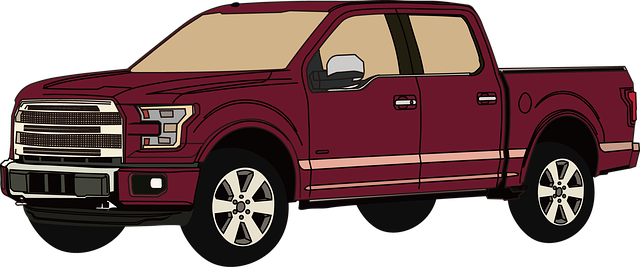
Bobtail insurance is designed for personal vehicles used in commercial activities like deliveries or…….

Non-trucking liability coverage, also known as tailored liability coverage, is vital insurance for b…….

Many personal auto policies lack adequate protection for drivers outside work hours, leaving them vu…….

Building long-term resilience is key for independent drivers protecting their businesses in a dynami…….
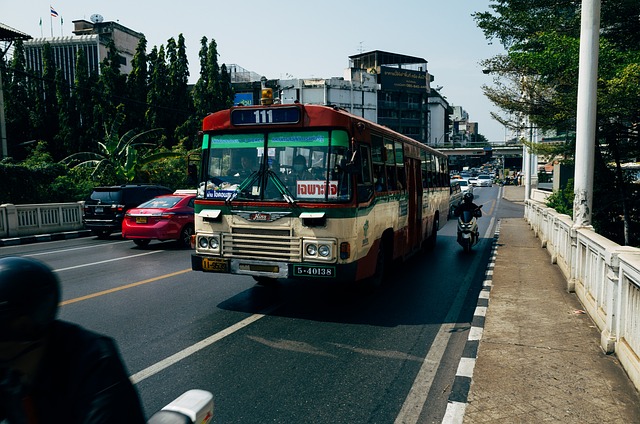
Independent trucking and transportation businesses are turning to bobtail insurance coverage as a co…….
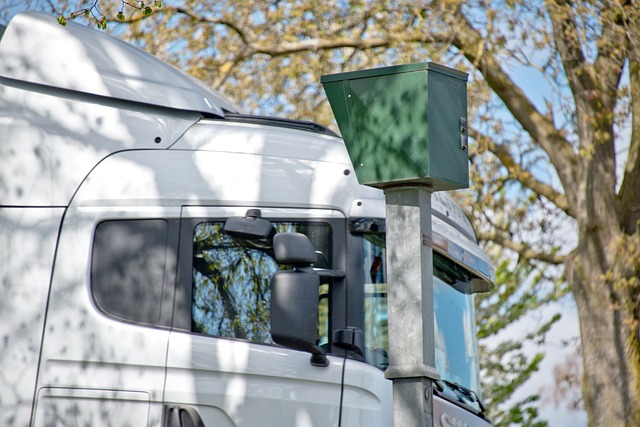
Non-trucking liability requirements are essential legal protections for independent drivers and tran…….
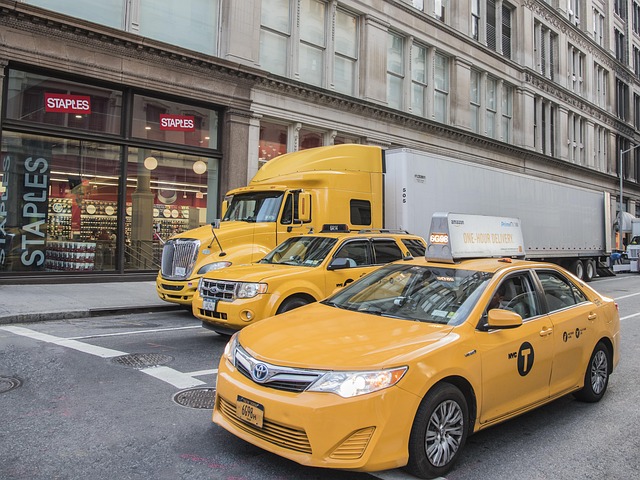
In the trucking industry, understanding bobtail and non-trucking liability insurance is crucial for…….

Vehicle safety risks, from malfunctions to driver error and weather, cause severe accidents with sig…….
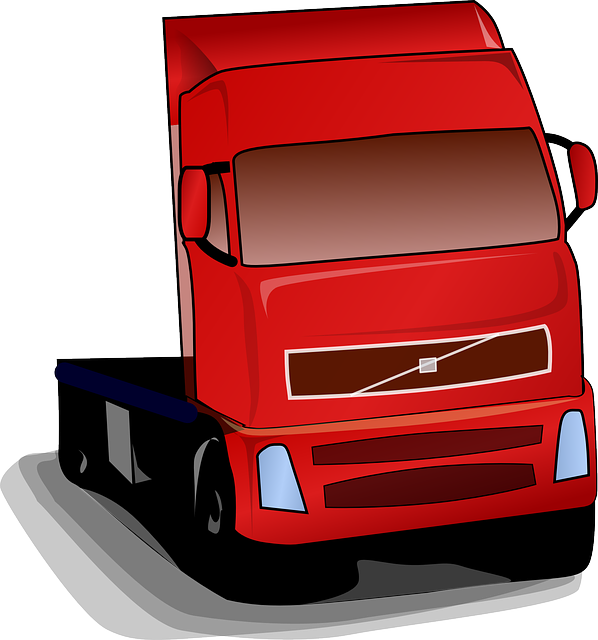
Drivers with clean records can save on insurance costs by understanding and leveraging non-trucking…….